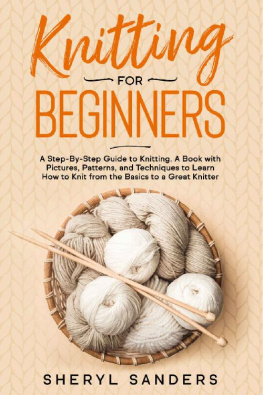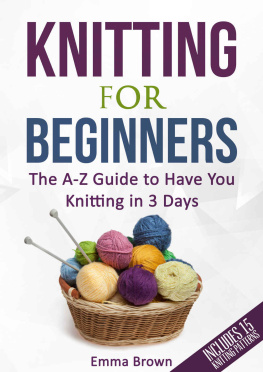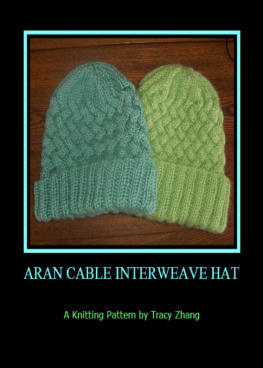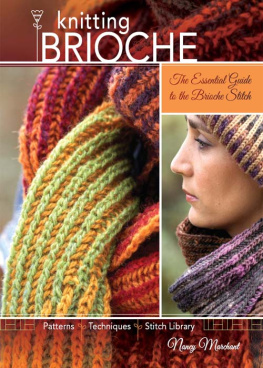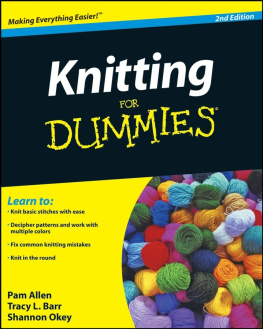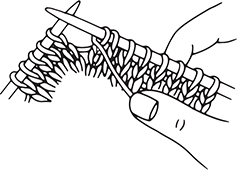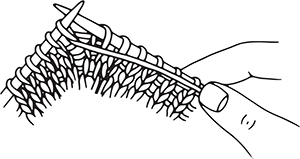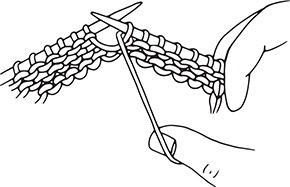Dassau - Knitting Short Rows: Techniques for Great Shapes & Angles
Here you can read online Dassau - Knitting Short Rows: Techniques for Great Shapes & Angles full text of the book (entire story) in english for free. Download pdf and epub, get meaning, cover and reviews about this ebook. year: 2016, publisher: F & W Media Inc, genre: Home and family. Description of the work, (preface) as well as reviews are available. Best literature library LitArk.com created for fans of good reading and offers a wide selection of genres:
Romance novel
Science fiction
Adventure
Detective
Science
History
Home and family
Prose
Art
Politics
Computer
Non-fiction
Religion
Business
Children
Humor
Choose a favorite category and find really read worthwhile books. Enjoy immersion in the world of imagination, feel the emotions of the characters or learn something new for yourself, make an fascinating discovery.
- Book:Knitting Short Rows: Techniques for Great Shapes & Angles
- Author:
- Publisher:F & W Media Inc
- Genre:
- Year:2016
- Rating:3 / 5
- Favourites:Add to favourites
- Your mark:
Knitting Short Rows: Techniques for Great Shapes & Angles: summary, description and annotation
We offer to read an annotation, description, summary or preface (depends on what the author of the book "Knitting Short Rows: Techniques for Great Shapes & Angles" wrote himself). If you haven't found the necessary information about the book — write in the comments, we will try to find it.
Shape your knitwear seamlesslyusing short-rows!
Add seamless curves, soft angles, and depth to your finished pieces with Knitting Short Rows. Inside, Jennifer Dassau teaches you this essential technique in a beautiful package, providing know-how and design inspiration.
Learn to create short-rows through five easy-to-learn methods: wrap and turn knitting, the yarnover method, German short-rows, Japanese short-rows, and twin stitch shadow wraps. Master each through an illustrated step-by-step guide, discover how to choose your short-row method, and more! Then, show off your short-row skills with 17 knitting patterns for fashionable hats, cowls, mitts, shawls, and garments.
Whether you want to enhance your knitting repertoire or are seeking great new designs for your knitted wardrobe, youll find just what youre looking for in Knitting Short-Rows: Techniques for Great Shapes & Angles.
Dassau: author's other books
Who wrote Knitting Short Rows: Techniques for Great Shapes & Angles? Find out the surname, the name of the author of the book and a list of all author's works by series.


